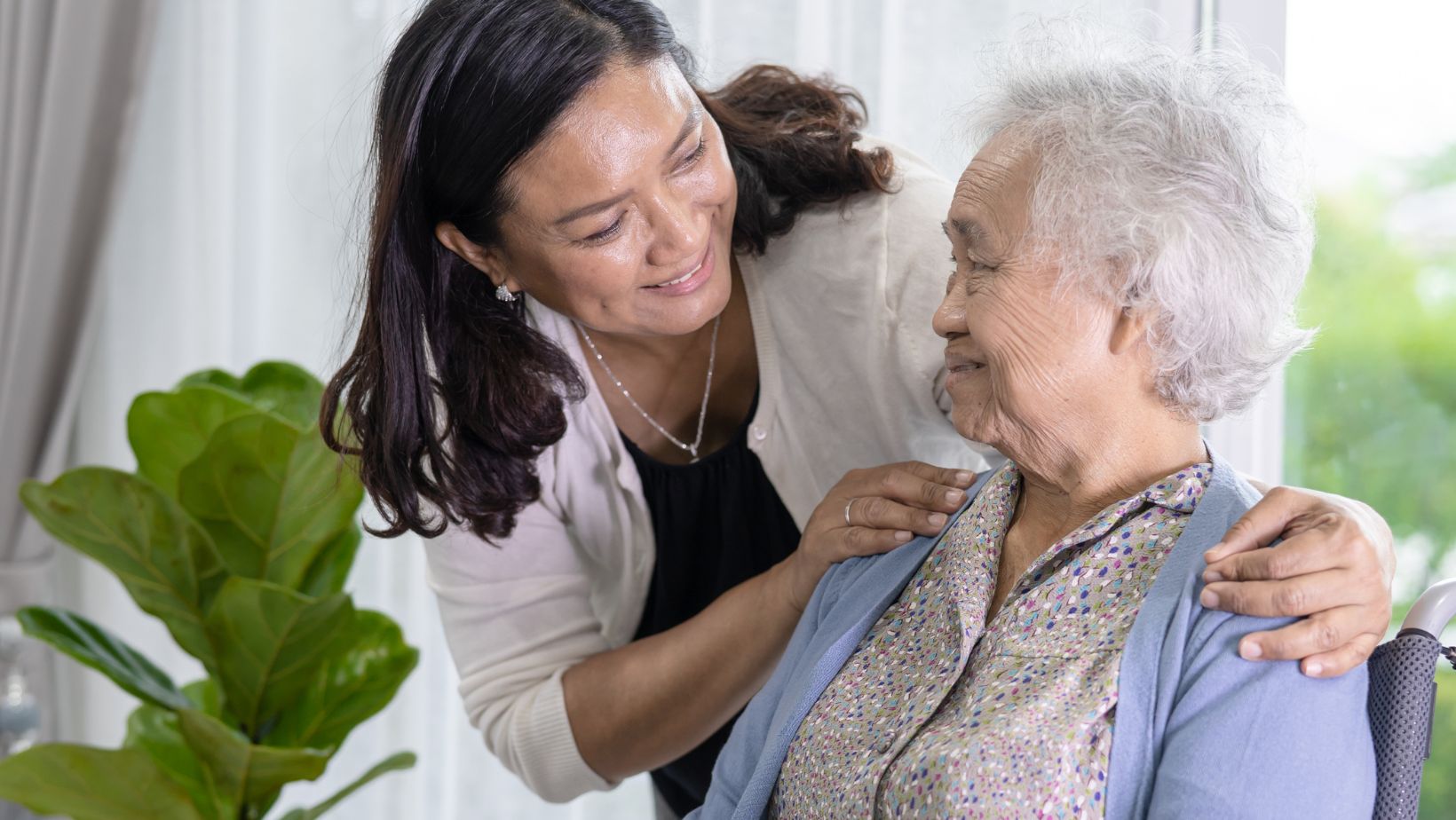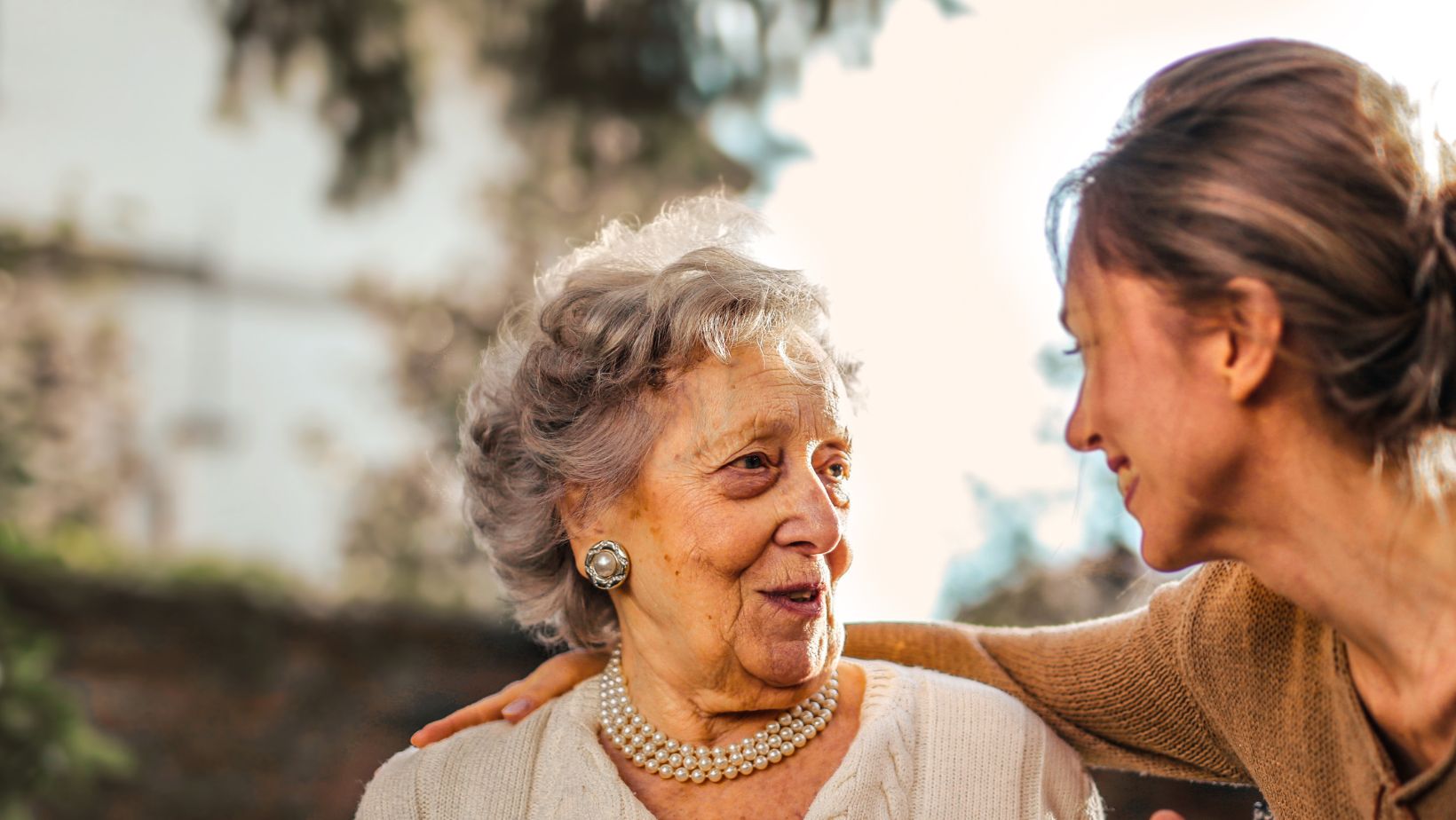
When considering senior care, many picture hospitals, assisted living communities, or home health providers. While these are essential, another side to supporting older adults is equally vital—community involvement. We will explore how neighborhoods, volunteer networks, and public programs in local communities create an environment where seniors can thrive. Not all care is medical; much of what supports seniors’ longevity and quality of life comes from the social, emotional, and logistical resources available in their daily lives. For many aging individuals, community support reduces isolation, encourages physical activity, and offers access to events and education that improve mental stimulation. Across towns and cities, libraries, parks, faith groups, and senior centers play meaningful roles in creating a supportive ecosystem. As more people live into their eighties and nineties, we need a broader understanding of care that blends formal medical services with informal, community-based outreach that centers around independence and human connection.
Reimagining Senior Care Beyond the Clinical Model
The Role of Senior Centers and Neighborhood Hubs
Senior centers serve as gathering points that offer far more than recreational games or lunch programs. These locations often double as resource hubs, where aging adults can receive information about services, housing support, legal advice, or transportation assistance. Many centers in both urban and rural areas organize free health screenings, fitness classes, technology workshops, and seasonal celebrations that help older adults maintain routines and friendships. The social aspect of these centers reduces the risks associated with loneliness, which can lead to cognitive decline, depression, or physical health issues. Additionally, centers often partner with local governments to provide assistance programs, including heating aid, SNAP benefits, or Medicare counseling. These services are especially valuable to those living on fixed incomes or without nearby families. The beauty of these community hubs lies in their ability to adapt to what residents need. Whether someone wants to stay physically active, seek help with paperwork, or simply share a cup of coffee with a peer, senior centers foster autonomy and connection in meaningful ways.
Volunteers, Neighbors, and Informal Networks of Care
Not all care comes through formal systems. For many seniors, the most consistent support is from neighbors, friends, and volunteers. Local volunteers who help with errands, ride-sharing, home repairs, or companionship visits often provide a lifeline to those aging alone. These informal networks fill critical gaps in communities where formal caregiving services are limited or unaffordable. Faith-based organizations frequently organize programs like meal deliveries, check-in phone calls, or transportation assistance for medical appointments. In addition, many younger neighbors are stepping into new roles—helping shovel walkways in the winter, carrying groceries, or assisting with minor home tasks. These simple actions help seniors maintain independence in their own homes.

The bond between generations also contributes to a stronger sense of community overall. In some neighborhoods, intergenerational housing developments are being made to formalize these interactions, where younger families live alongside older adults and participate in shared caretaking activities. These grassroots systems are practical and humane, creating environments where people feel seen and supported at every age.
Creative Services for Travel and Access to Care
One of seniors’ most significant challenges—especially in rural regions—is attending medical appointments, family gatherings, or long-distance treatment facilities. While local transit may cover nearby clinics or stores, traveling across state lines for medical needs requires additional planning. In such cases, arranging transportation with safety and comfort is crucial. Understanding Where to call for Long Distance Medical Transportation In Massachusetts helps families plan when a loved one needs safe, non-emergency transport across state borders. These services provide vehicle and medical support, comfortable accommodations, and peace of mind for families. They are handy for seniors recovering from surgeries, managing chronic illness, or needing supervised travel. Alongside these services, communities have also started offering volunteer-based medical ride programs, where trusted drivers assist seniors in reaching nearby appointments. As mobility continues to affect seniors’ ability to stay engaged with the world around them, expanding creative transport solutions becomes essential to building a responsive care network.
Educational Programs and Civic Inclusion
Staying mentally engaged and involved in public life contributes significantly to well-being in older age. Across many towns and cities, seniors participate in lifelong learning courses offered through libraries, local colleges, and online platforms. These courses range from history and art to digital literacy and health education. Learning keeps the brain active and gives people new ways to express themselves and understand the world. Civic inclusion is another powerful tool—when older adults are invited to serve on boards, committees, or advisory groups, they continue to have a voice in shaping their communities.

In places where city councils actively involve aging citizens in decision-making, programs, and infrastructure become more accessible and thoughtful. Voting assistance, town hall meetings, and advocacy groups allow seniors to remain active participants in public life. Rather than aging quietly in the background, older residents are increasingly seen as valuable contributors with lived experience and insight to share.
Senior care does not belong to the medical system alone—it belongs to all of us. As communities rethink how to support aging populations, it becomes clear that engagement, access, and connection are just as critical as treatment and therapy. When neighbors check in on one another, when cities design walkable spaces and accessible events, and when families and volunteers work side-by-side with formal caregivers, we create a culture that values aging as a shared journey. The resources may vary from one location to another, but the principle remains the same: everyone deserves to grow older with dignity, choice, and community support. By recognizing the broader care network—from senior centers and transportation to learning programs and intergenerational ties—we begin to see aging as a decline and another chapter in a well-lived life. Together, we can shape communities where older adults feel supported, connected, and empowered to continue contributing meaningfully.






